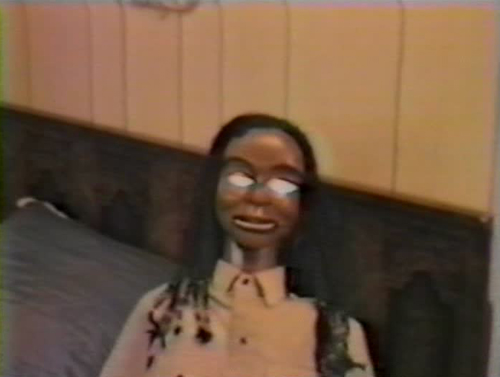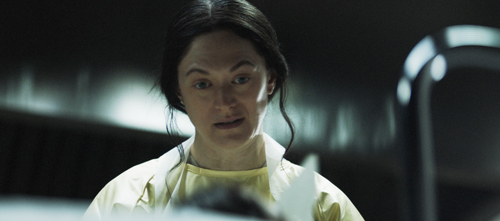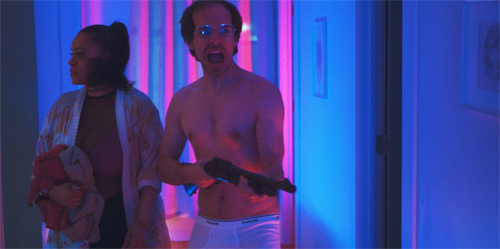
 On one hand, I can count the number of times a movie’s audience burst into applause at the climax:
On one hand, I can count the number of times a movie’s audience burst into applause at the climax:
• In 1981, when E.T. levitates the kids and their bicycles o’er the heads of authorities.
• Six years later, in Fatal Attraction, when Anne Archer shoots Glenn Close dead.
• And now, when four dogs — spoiler — rip Will Forte’s dick off.
Strays, ladies and gentlemen. Whereas singer Sarah MacLachlan famously tugged at your heartstrings in ASCAP commercials to get you to spend $18 a month to rescue dogs, Universal Pictures spent $30 million on a live-action comedy in which dogs’ mouths are animated to say “fuck” a lot. We’re talking Scorsese and Scarface level of “fuck”s. Add all the humping and the pooping — oh, do they ever hump and poop — and Strays is nothing if not filthy.

To be clear, that’s a plus, but only because the doers are adorable dogs instead of asshole adults. Will Ferrell voices Reggie, the canine so clueless he has no idea his ever-stoned, trailer-trash owner, Doug (Forte, MacGruber), has ditched him. Jamie Foxx’s Bug, a Boston Terrier, immediately befriends Reggie to share his street smarts. That includes an intro to his park-hanging pals, a pretty Shepherd (Isla Fisher, 2018’s Tag) and a cone-necked Great Dane (Randall Park, Office Christmas Party) who go all-in for a sausage string of episodic encounters — involving hungry eagles and hallucinogenic mushrooms — accompanying Reggie on his way back home to de-dick Doug.
Is there a normal child in America who wouldn’t laugh their ass off scene to scene? But Strays is hard-rated R on purpose, and that subversiveness often compensates for its narrow range of jokes, much like how Bug talks big to make up for his small size. And I don’t mean his penis, although the movie sure does. Several times.
Like Reggie, the film from director Josh Greenbaum (Barb & Star Go to Vista Del Mar) and screenwriter Dan Perrault (TV’s American Vandal) is cute, scruffy and just dumb enough you can’t resist giving it a little affection. Even if the CGI to animate the mutts’ mouths is often dodgy, like a paid version of your iPhone’s My Talking Pet app. —Rod Lott





 Maternal instinct proves fertile ground for horror in Laura Moss’
Maternal instinct proves fertile ground for horror in Laura Moss’ 



 Seeking human connection, the balding, bullied Neal finds it in the hands of Perla, a sex worker. She plies her trade at the kind of massage parlor one speaks of with air quotes.
Seeking human connection, the balding, bullied Neal finds it in the hands of Perla, a sex worker. She plies her trade at the kind of massage parlor one speaks of with air quotes. 